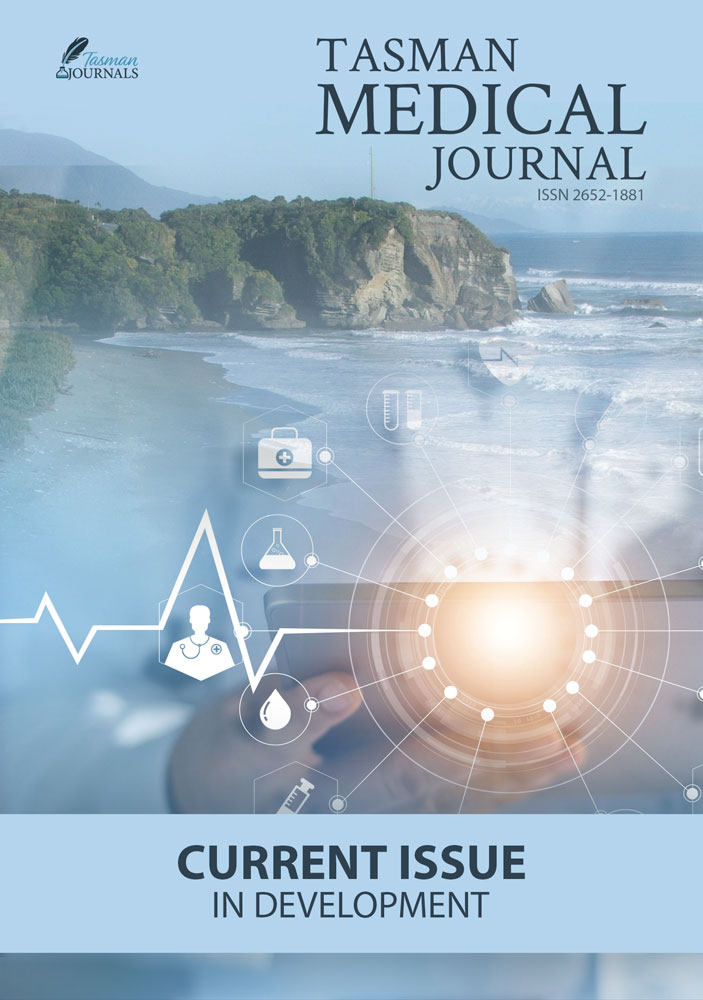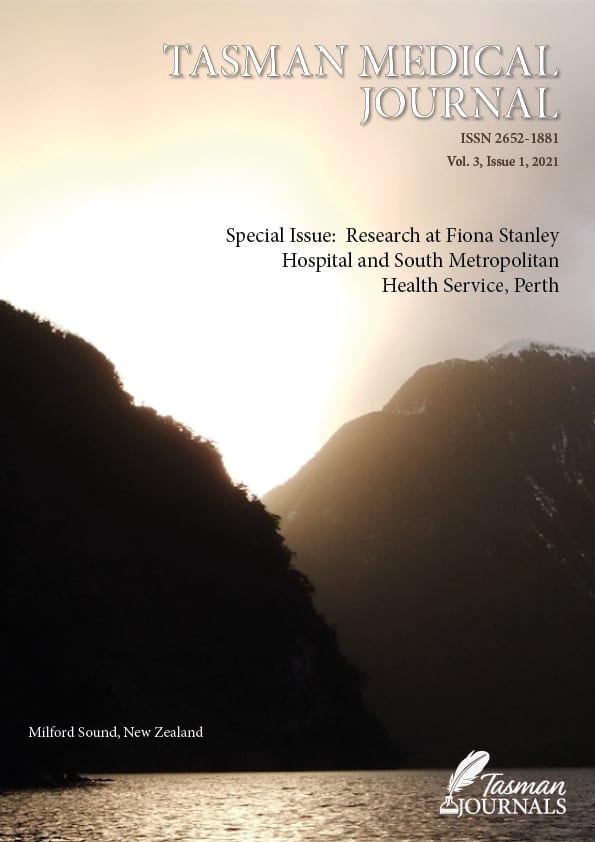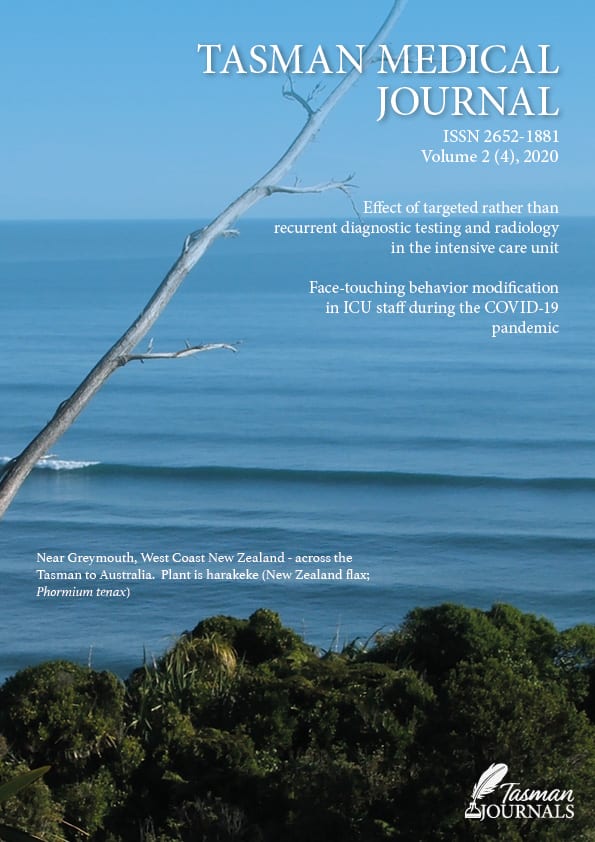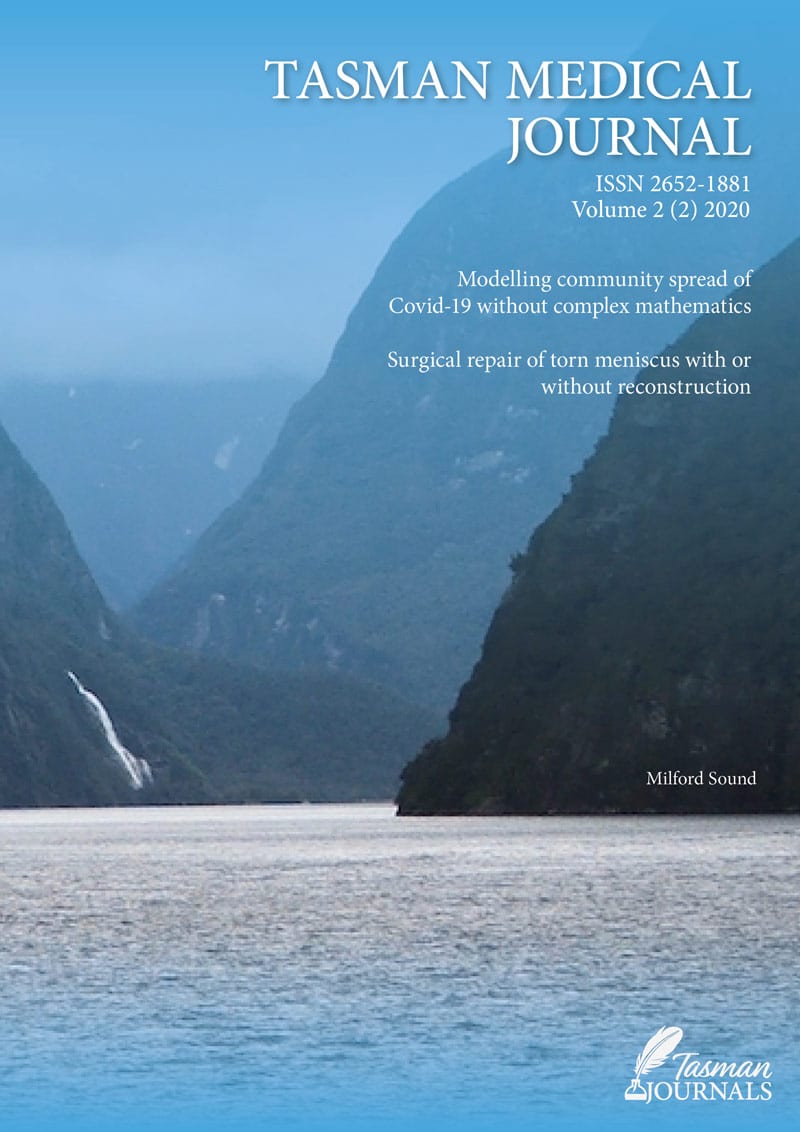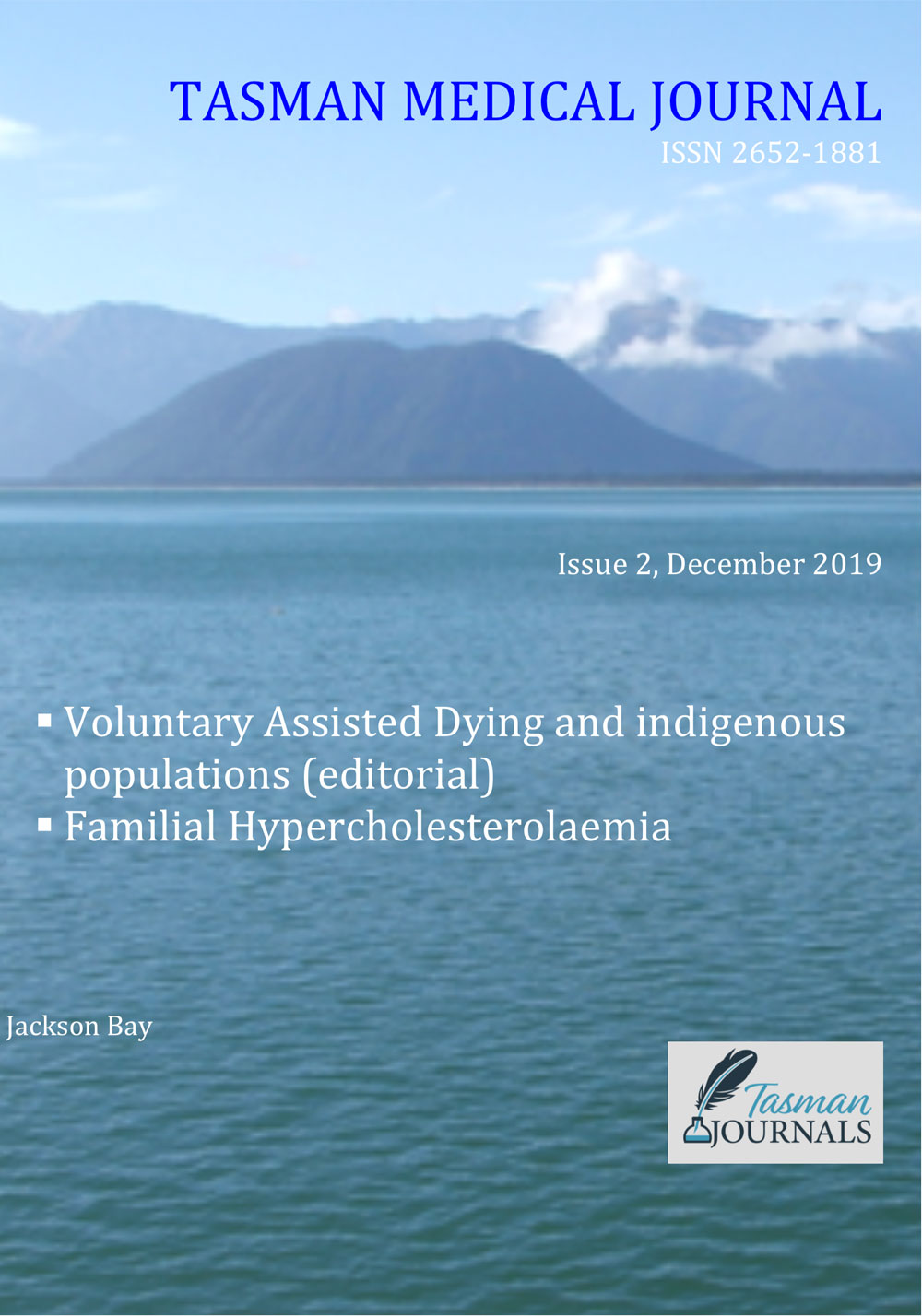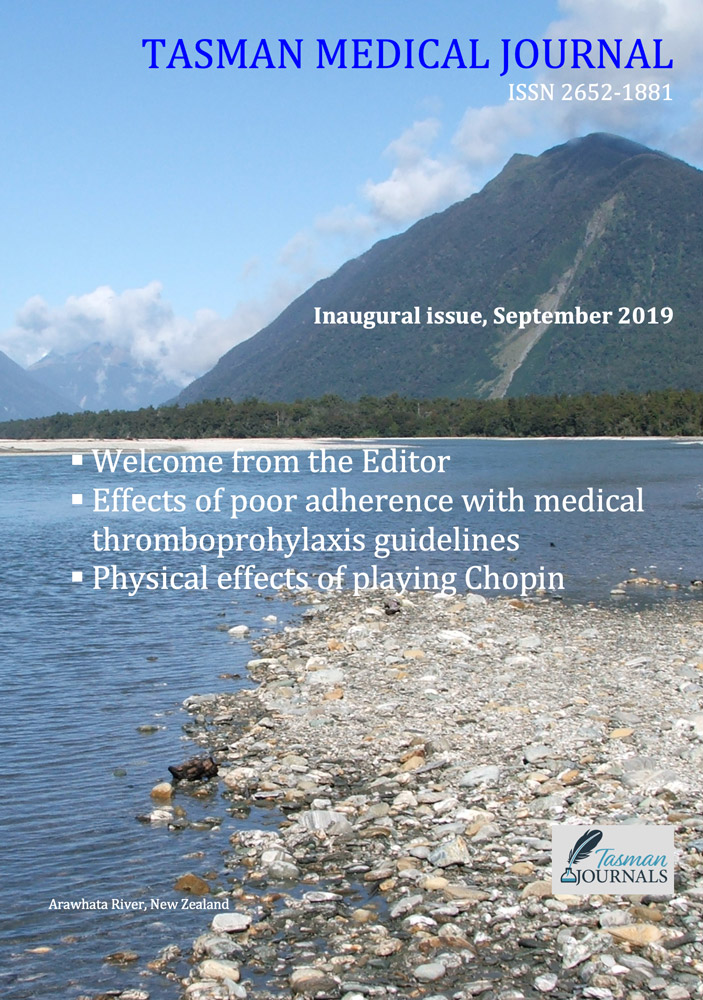Introduction
Autoimmune deficiency endocrinopathies such as Addison’s Disease and hypothyroidism are treated with a standard dose of the missing hormones, hydrocortisone with fludrocortisone, and thyroxine, respectively. Though doses may require adjustment on starting therapy and from time to time during treatment, in general it may be said that the dose is constant and active daily monitoring is unnecessary.
These endocrinopathies offer a marked contrast to the usual management of type 1 diabetes mellitus, in which the patient is encouraged to monitor blood glucose several times daily and administer the dose of insulin suggested by the blood glucose. Such a regimen, or even more advanced techniques including continuous glucose monitoring, is indeed essential in unstable “brittle” diabetes. But I question the need for active glucose monitoring in all patients, and offer this case report as an example of an alternative mode of treatment of Type 1 diabetes.
Presentation and investigations
The patient was a 66-year old male physician who presented with raised frequency of micturition and nocturia, with a need to rise 5 times at night. There was a family history of type 2 diabetes in his younger brother. Contemporaneously he had noted thirst, recurrent “athlete’s foot” and small bacterial skin infections of the nose. He was not overweight; indeed he had noted a loss of weight that was resistant to increasing the calorie intake. The thirst was treated by increased fluid intake in the form of fresh orange juice. He felt that, given his age, the urinary symptoms may be due to prostatic hypertrophy and made an appointment with a urologist, who ordered blood tests including plasma glucose in view of the family history. Urological indices were normal, and a prostate-specific antigen was less than 1. Fasting blood glucose was 16.5 mmol/L. The remaining biochemistry was normal. The patient noted that the glucose concentration in the juice was 10% and stopped that preparation in favour of water. This reduced the morning glucose to 13 mmol/L. A general practitioner diagnosed type 2 diabetes on the basis of probabilites and prescribed metform 1500 mg/day. The glucose on this treatment was 11 mmol/L. Further investigations revealed low plasma insulin and C-peptide and absence of insulin response to a glucose load. Antibody tests (details uncertain) were negative. The results suggested a diagnosis of type 1 rather than type 2 diabetes, possibly latent autoimmune diabetes in adulthood. The patient was started on insulin glargine and short-acting insulin and was referred to a diabetes educator for general advice, which was to practice blood glucose monitoring several times each day as a guide to insulin dosing. The precise insulin dose for a given blood glucose was not discussed and remained something for the patient to discover by trial and error.
The course of treatment
I was the patient, and I considered what was being proposed. The immediate problem was to discover the optimum dose of long-acting insulin and its relationship to the dose of the short-acting preparation. Forty to 50% of the total daily dose of insulin should be long-acting.1 I resolved to determine the former by taking insulin glargine alone in the morning after breakfast at increasing doses until the fasting morning glucose became normal. This was achieved at a dose of 22 units. I then introduced short-acting insulin at doses subjectively related to the calorie load for each meal and influenced by plasma glucose monitoring. This involved some guesswork based on my meal structure consisting of a small breakfast and lunch, and a main evening meal. With time, it appeared that the attempts to match insulin dosing with pre-prandial plasma glucose was leading to over-correction of glucose concentrations, leading to a phenomenon akin to “hunting” in a machine in which the device alternates between high and low power outputs rather than a constant desired output. In the case of insulin dosing, the pattern carried a risk of hypoglycaemia that was potentially worse after dinner because the insulin dose was higher, and possibly even occurring during sleep. Overcorrection of the evening insulin dose carried a risk of under-dosing and hyperglycaemia. I also suspected that the small breakfast and lunches were sufficiently small to pose only minor threats of hyperglycemia and hence to perhaps not require any short-acting insulin, bearing in mind the presence of insulin from the long-acting preparation. Lastly, my diet at dinner and hence the calorie count is not subject to wild fluctuations. These considerations led me to hypothesise that it may be possible to administer a simlified standard dose of insulin with the following potential advantages: (a) correction of hunting and a reduction in the risk of glucose extremes caused by variable insulin dosing; (b) in consequence, reduced risk of diabetes complications; (c) cessation of daily periprandial blood tests assessed by finger stabs; and hence (d) increased quality of life and reduced risk of complications. I slowly reduced the frequency of blood glucose measurements, and with experience defined a standard insulin dose. The main indicators of success (or failure) was the HbA1c and low incidence of symptomatic extremes of blood glucose, in particular hypoglycaemia.
I have followed this regimen for 10 years. Treatment now consists of insulin glargine 22U mane and insulin aspart 23U immediately after dinner. I have not measured plasma glucose at home for 9 years. HbA1c measured annually at the time of obtaining a further insulin prescription has varied from 5.0 to 7.6 % and the most recent value was 7.1%. Given the looseness of the correlation between HbA1c and diabetic complications,2 I am satisfied with these results. Corresponding laboratory-based fasting blood glucose has remained normal, as have other general biochemical indices, incuding renal function. I have one small haemorrhage in one eye, seen on retinal scanning. The intraocular pressure and visual acuity are normal except for a longstanding mild presbyopia. During the 10 years I have experienced 6-10 episodes of mild hypoglycaemia at night, not requiring 3rd party assistance. I have no other complications directly relateable to diabetes, and have no symptoms of peripheral vascular disease. Coronary angiography 2 years ago revealed distal partial sub-total stenoses, consistent with my early life in the west of Scotland. This condition is being treated medically with rosuvastatin 40 mg and aspirin 150 mg daily. My usual medical attendants have accepted my unusual treatment but on initially communicating it to a new colleague the usual reaction is for his (or her) jaw to drop with disbelief.
Discussion
Diabetes is a complex disease, even when it affects a person with medical knowledge and experience. For the layperson, understanding the disease and the conceptual ideas behind the therapy can be a nightmare, especially in children. Having to constantly measure blood glucose and then interpret the reading to decide on the optimum dose of short-acting insulin is not an easy process, as the response to insulin appears to determined by factors other than the blood glucose result, such as pre-prandial insulin, the variable mix of fat, protein and carbohydrate in the diet, the time of meals, social circumstances such as eating out or visiting friends, the number of courses in the meal, how much alcohol is consumed, sensitivity to insulin and other factors. Even remembering to inject oneself can be difficult. Hence achieving successful therapy is difficult for all parties. A mode of therapy that simplifies this complexity safely is highly desirable and carries the added advantage of removing the need for finger stabs for blood glucose measurement.
Not every patient with type 1 diabetes has good understanding of the disease or the physiology and pharmacology of insulin, including why long- and short-acting variants of the same drug are required for optimal control. The name “brittle diabetes” is often applied to patients whose lack of glycaemic control reflects poor understanding of these factors, but studies have shown that this population consists mainly of patients affected by behavioural or social factors,3-5 that is, it is a misnomer for poor compliance.
My standardised treatment doe not have any trial evidence in its favour, and it seems obvious that it requires several conditions to have any chance of success. These are:
- The patient must have or be given insight into the pathophysiology of diabetes and the role of short- and long-acting diabetes. Diabetic children or adolescents should be assumed automatically to not satisfy this criterion. I do not advocate this treatment in children or juveniles. Doctors who prescribe long-acting insulin alone (which in my experience is common) ignore the clinical rationale of this drug in reducing the risk of ketoacidosis when given in partnership with short-acting insulins. Patients needs to know when the two insulins should be injected and the tolerances on these times. In our mobile societies there is a need to know how to alter dosing of both insulins when crossing time zones.
- The patient must have demonstrated lack of “brittleness” in the responses to insulin. Clearly there is a range of responses in each patient and giving detailed advice on this point is difficult. One might consider this therapy in stable patients who have achieved an HbA1c less than an agreed value that indicates absence of untoward swings in diabetes control, say around 8%.
- The need for surveillance regarding diabetic complications and consideration of drug therapy for related conditions is not suspended. Regular measurement of HbA1c in particular remains critical in assessing whether the modality is achieving success. Ketoacidosis would be a reason to abandon the treatment, minor hypoglycemia perhaps less so.
The model of care (if I can call it that) may be seen as obsolete given the increasing use of insulin pumps controlled automatically by concurrent tissue glucose levels. However, take-up of such devices in Australia remains limited so the model remains a valid consideration for the population satisfying the above conditions. I present my own case as a potential additional mode of therapy for type 1 diabetes. I have no doubt that many practitioners will regard it as fatally flawed, but it has worked for me. I believe I am happier than I would have been had I followed the usual path, and apparently no worse off.
Critical comments on this article may be submitted direct to the author at PO Box 499, Denmark, WA 6333, Australia or to editor@tasmanmedicaljournal.com. All germaine comments will be published.
Provenance: Reviewed by endocrinologist colleague
Ethical Approval: Not required
Disclosures: None
Acknowledgements: I thank Dr Arthur Harris for his review


